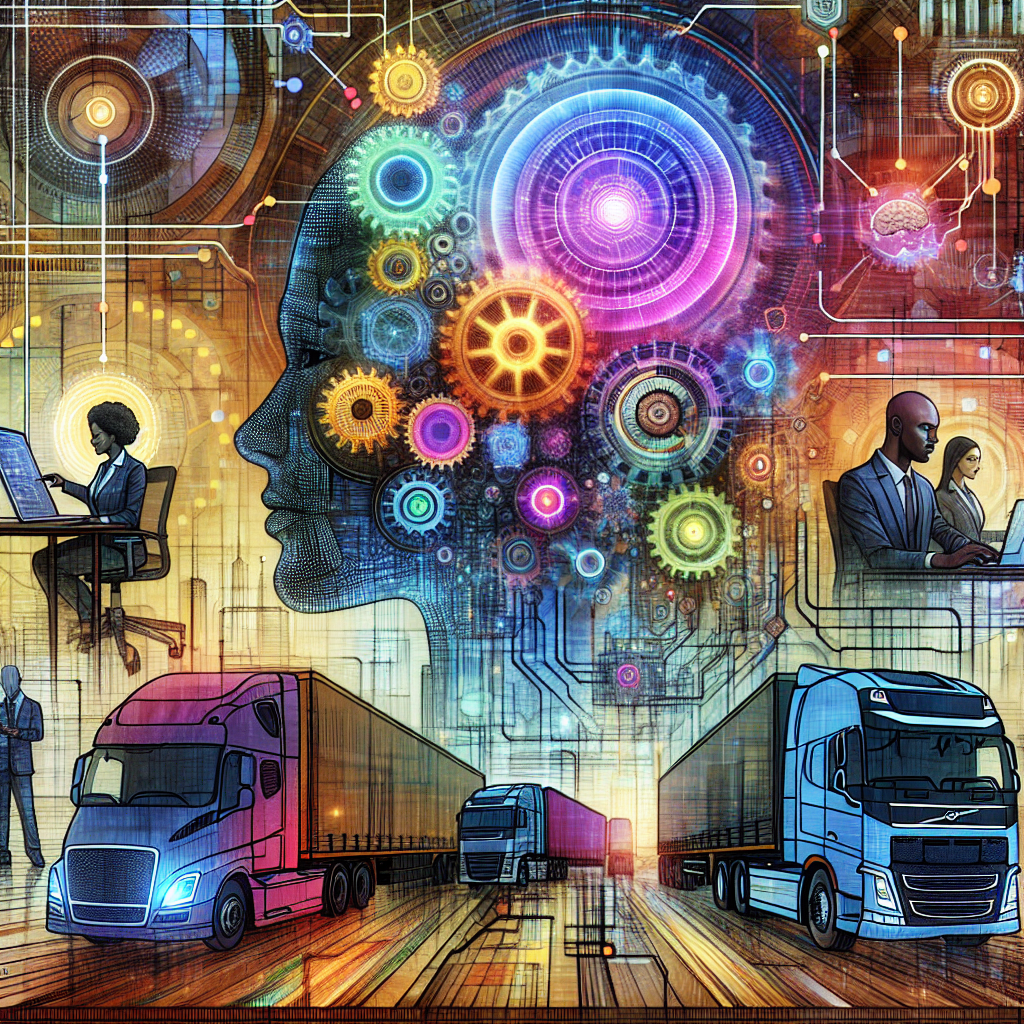Companies face a critical decision point with artificial intelligence. Many avoid it entirely. Some dabble without direction. Others chase every shiny new tool. Almost none approach AI with genuine strategy.
This matters more than most realize. AI tool lifecycles move faster than traditional software. What worked yesterday becomes obsolete tomorrow. The real question isn’t which tools to adopt but how to position your human workforce in this rapidly evolving landscape.
As someone who has built AI-powered recruitment systems for the trucking industry, I’ve witnessed firsthand how proper implementation creates competitive advantages for smaller companies. The difference between success and failure isn’t about having the latest technology. It’s about having the right framework.
AI: The Central Brain of Converging Technologies
We must understand that AI isn’t just another technology trend. It serves as the central intelligence behind robotics, autonomous vehicles, blockchain, Web3, and numerous other innovations reshaping our world. These technologies converge with AI as their cognitive engine, creating entirely new operational models.
This convergence creates both opportunity and disruption. Companies that view AI as merely another software tool miss the fundamental shift occurring. AI represents a new operating system for business itself.
The trucking and logistics companies I work with initially approach AI as a point solution for specific problems. They quickly discover its value extends far beyond individual use cases when implemented strategically.
The AI Buddy Mothership: Your Future Workplace Model
In the near future, every employee will have what I call an “AI Buddy Mothership.” This intelligent, continuously learning system will contain your company’s collective knowledge and functional expertise. It won’t replace humans but will dramatically amplify their capabilities.
This mothership will deploy specialized AI agents for specific tasks. Think of these agents as digital teammates, each with particular skills. One might handle data analysis, another customer communications, a third recruitment screening, and so on.
The most advanced trucking companies already implement versions of this model. They use specialized AI agents for driver recruitment, retention analysis, route optimization, and compliance management. These agents work together within a unified system, creating compounding benefits impossible with disconnected tools.
The Rise of the AI-Skilled Human
The future belongs to what I call the “AI-Skilled Human.” These professionals won’t code AI systems but will expertly direct them. They’ll provide judgment, empathy, and contextual understanding while leveraging AI for speed, scale, and precision.
This represents a fundamental shift in how we think about work. The value moves from performing tasks to orchestrating outcomes through human-AI collaboration. The AI-Skilled Human focuses on refining prompts, evaluating outputs, and applying critical thinking to AI-generated insights.
In trucking recruitment, we see this transformation daily. Recruiters who once spent hours screening applications now direct AI systems to identify promising candidates, allowing humans to focus on relationship building and cultural fit assessment.
The Strategic Imperative
Companies face a clear choice. They can approach AI tactically, implementing disconnected tools for specific problems. Or they can develop a strategic framework that positions AI as a core operating system with humans as expert directors.
The first approach yields incremental improvements. The second creates transformational advantages.
This strategic framework requires:
1. A clear vision of how AI and humans will collaborate across your organization
2. Systematic data organization to fuel intelligent systems
3. Identification of high-value processes for AI augmentation
4. Development of AI-skilled humans who can direct these systems
5. Integration of specialized AI agents into a cohesive ecosystem
The Inevitable Divide
A new workplace hierarchy is emerging. Those who direct AI to achieve outcomes will thrive. Those directed by AI will find themselves increasingly commoditized.
This isn’t about technical roles versus non-technical ones. Many highly technical positions will face commoditization if they focus solely on execution rather than direction and judgment.
The divide separates those who understand how to leverage intelligent systems from those who simply perform tasks within systems designed by others.
Your Strategic Path Forward
Start by identifying processes where AI can augment human capabilities rather than replace them. Build what I call a Hybrid AI Workforce where technology and humans each contribute their unique strengths.
Develop clear frameworks for how information flows between AI systems and human experts. Create feedback loops that continuously improve both human skills and AI capabilities.
Most importantly, invest in developing AI-skilled humans throughout your organization. These professionals will become your most valuable asset in an increasingly automated world.
The future workplace isn’t about AI versus humans. It’s about AI-amplified humans directing increasingly capable systems. Companies that build this model now will establish advantages others cannot easily replicate.
The revolution isn’t coming. It’s already here. The only question is whether you’ll shape it or be shaped by it.
